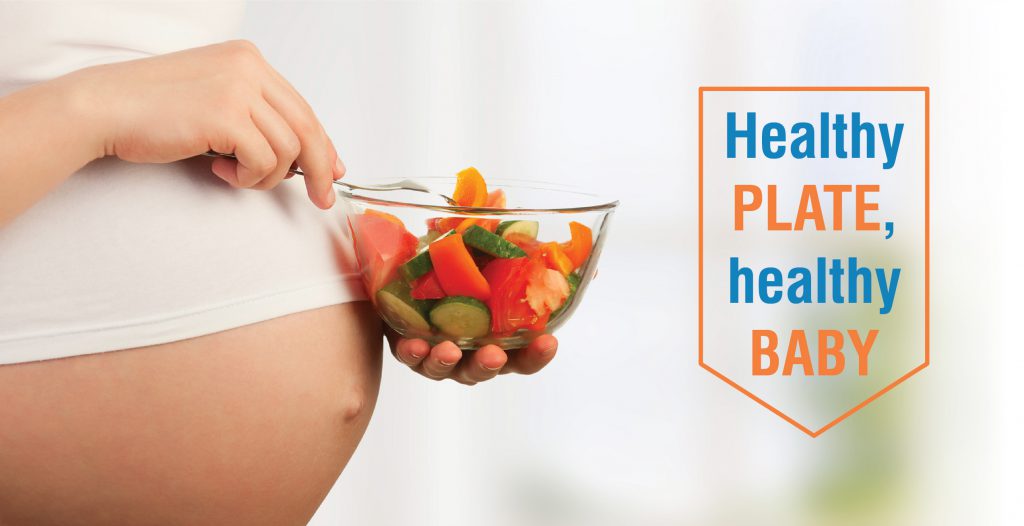Breastfeeding is the best way to feed and nurture your infant as breast milk contains all the nutrients required for your baby to develop in a healthy manner. Breast milk gets digested easily and helps in protecting your baby from infections and diarrhoea. Moreover, breastfeeding helps in burning the extra kilos you gained during pregnancy. It also creates a special bond between you and your baby.

Signs of your baby feeling hungry
Being a mother for the first time, it is very hard to know when your baby is hungry. You should spend as much time as possible with your baby so that you get to know how your baby reacts at different times. If your baby is hungry he/she will do the following things:
- Sucks fist
- Cries
- Makes faces as if getting irritated
Signs of your baby being full
It is very important that you don’t overfeed your baby. If your baby does the following things, it is a sign that he/she is full:
- Stops sucking
- Closes lip
- Turns the head away

Month-wise summary of baby feeding:
As your baby starts growing, apart from breastfeeding you can give your baby different types of food. You can consult your doctor, if you have any doubt. Below is a month-wise summary:
Birth to Month 6 – Exclusive breastfeeding
From the time of birth till your baby becomes six months old, your baby should be breastfed. As the digestive system is still developing, it can digest only milk. Mothers who cannot breastfeed may go for formula milk.
Month 6
It is better that during this period you continue breastfeeding or bottle feeding your baby. You should not be in a rush to start solid foods as your baby is still not ready for this. But you can go for pureed vegetables, pureed fruits or semi-liquid cereals.
Months 7 to 9
By the time your baby becomes seven months, teeth will start appearing. This varies from baby to baby and in some cases, teeth may appear even before. Some babies may have no teeth till the end of a year. Whatever the case, you can start giving your baby semi-solid foods. So, instead of pureed foods you can give mashed food.
Months 10 to 12
By the time your baby is around ten months, you can give it finely chopped foods while continuing to give mashed foods till your baby becomes a year old. When you change the texture of the food, remember to watch your baby carefully and see whether he/she is adapting to the change or not.

Tips for baby feeding:
- While feeding pureed, semi-solid or solid foods, you should always start with small amounts. At each feeding, your baby will let you know if he/she requires more or not.
- In order to prevent your baby from choking or tooth decay, avoid putting your baby to bed with a milk bottle in the mouth.
- Support your baby’s head till the time he/she can hold the head on its own.
Images Courtesy:
https://similac.com/baby-development/nutrition
https://en.wikipedia.org/wiki/Baby_food









